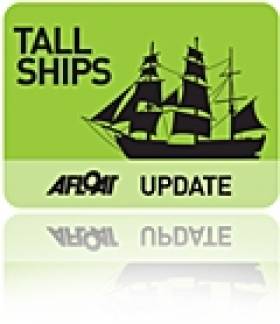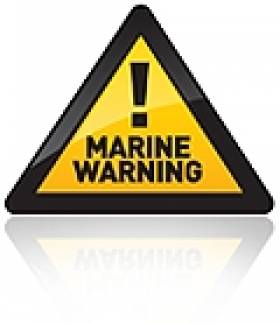Displaying items by tag: surveying
Celtic Mist Berths at New Home in Co Clare
The Celtic Mist sailed to its new berth at Kilrush in Co Clare on Saturday to begin its new life as a marine research vessel.
As previously reported on Afloat.ie, the 52-foot yacht was gifted by the Haughey family to the Irish Whale and Dolphin Group (IWDG) to assist in its conservation work.
It also recently completed a leg of the Tall Ships Races from Waterford to Greenock in western Scotland - the only Irish entry to compete in the race this year.
According to Irish Weather Online, the yacht will be used for research and surveying of whales, dolphins and other marine wildlife in Ireland, as well as training people to carry out marine surveys by acoustic monitoring.
Irish Weather Online also has images of the Celtic Mist arriving at its new home HERE.
Surveyors Issue Boat Launch Warning
Boat owners are being warned of of the lasting consequences of the winter's big freeze and the possible damage to boats on launching this season.
At the most recent meeting of the Irish Branch of the International Institute for Marine Surveying members highlighted a real danger of some boats sinking shortly after being launched due to cracked pipe work on intakes and discharges where fresh water was not drained from cooling and other systems.
Owners and Boat yard employees are reminded to check carefully all pipe work prior to launching boats and immediately when the boat enters the water. Check that all valves are operating correctly. Complete a full check for leaks and monitor the bilge water during the first few hours when the boat has been re-launched.
Engine blocks should also be checked for frost damage prior to staring them. Do not start them if you see fractures, have the engine checked by a marine mechanic if in any doubt whatsoever. Batteries may also be dead and need of replacement due to the severe weather experienced over the Winter months.






























































